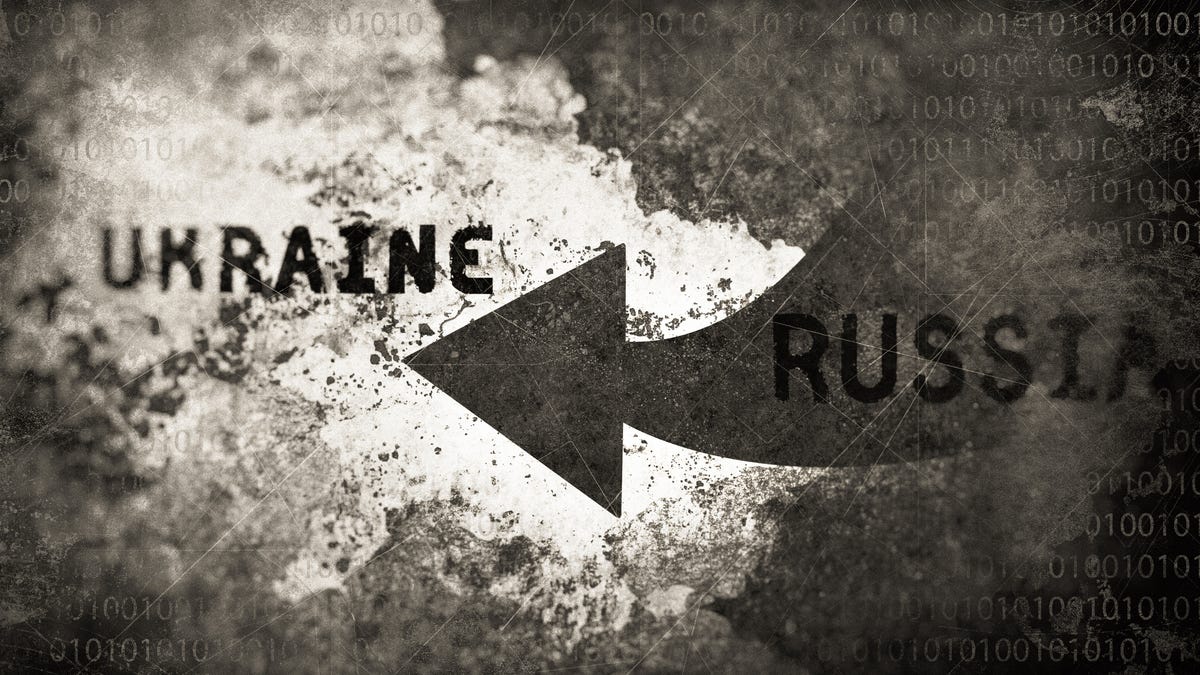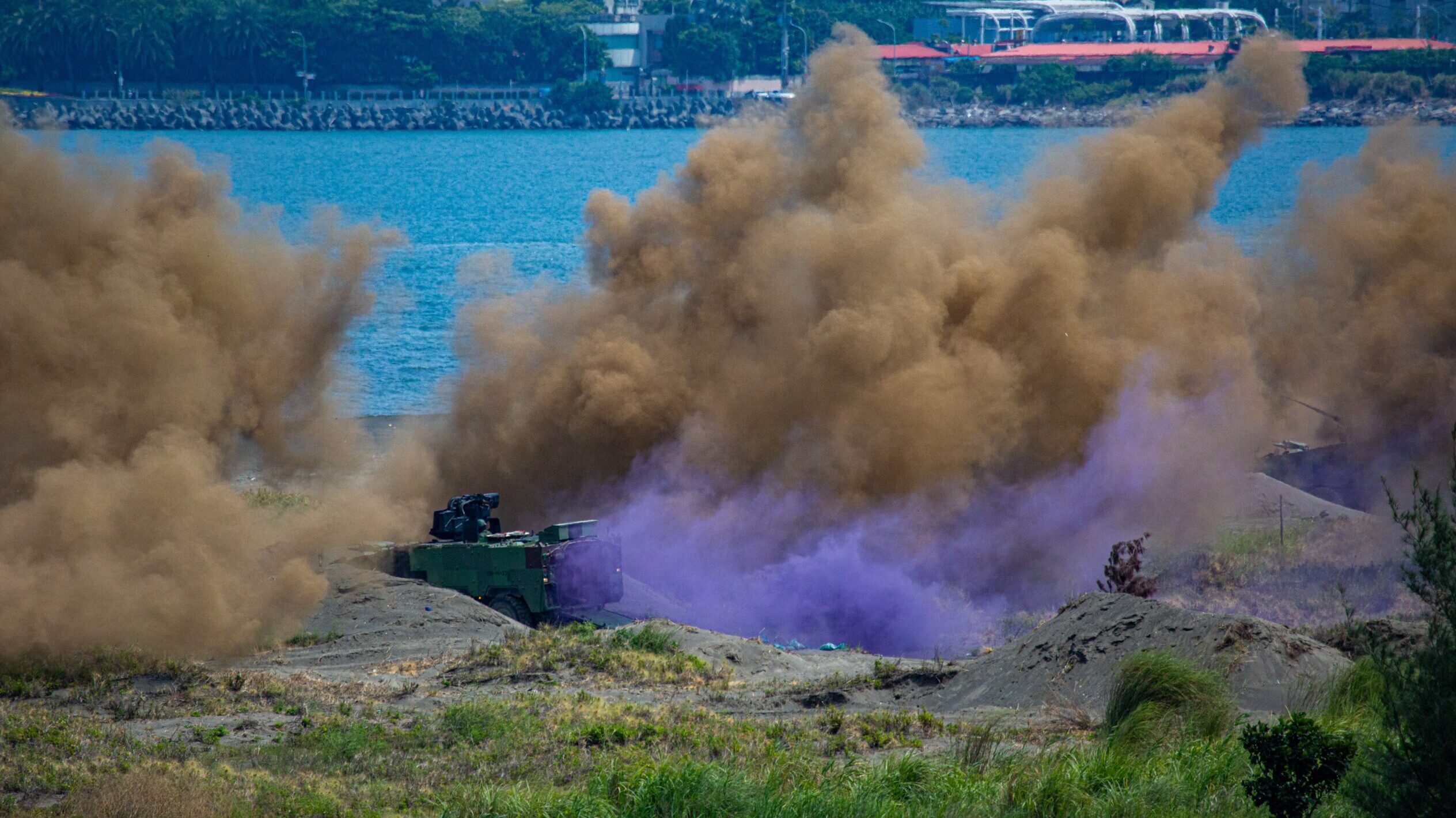On the outskirts of Santa Barbara, California, between the orchards and the ocean, sits an inconspicuous warehouse, its windows tinted brown and its exterior painted a dull gray. The facility has almost no signage, and its name doesn’t appear on Google Maps. A small label on the door reads “Google AI Quantum.” Inside, the computer is being reinvented from scratch.
In September, Hartmut Neven, the founder of the lab, gave me a tour. Neven, originally from Germany, is a bald fifty-seven-year-old who belongs to the modern cast of hybridized executive-mystics. He talked of our quantum future with a blend of scientific precision and psychedelic glee. He wore a leather jacket, a loose-fitting linen shirt festooned with buttons, a pair of jeans with zippered pockets on the legs, and Velcro sneakers that looked like moon boots. “As my team knows, I never miss a single Burning Man,” he told me.
In the middle of the warehouse floor, an apparatus the size and shape of a ballroom chandelier dangled from metal scaffolding. Bundles of cable snaked down from the top through a series of gold-plated disks to a processor below. The processor, named Sycamore, is a small, rectangular tile, studded with several dozen ports. Sycamore harnesses some of the weirdest properties of physics in order to perform mathematical operations that contravene all human intuition. Once it is connected, the entire unit is placed inside a cylindrical freezer and cooled for more than a day. The processor relies on superconductivity, meaning that, at ultracold temperatures, its resistance to electricity all but disappears. When the temperature surrounding the processor is colder than the deepest void of outer space, the computations can begin.




:quality(70)/cloudfront-us-east-1.images.arcpublishing.com/archetype/HU66P6LCNZDQTDP6X26I7GPHDI.jpg)









:quality(70)/cloudfront-eu-central-1.images.arcpublishing.com/thenational/P5MV7I6F5CC3FD2FLOW3UB5ICY.jpg)